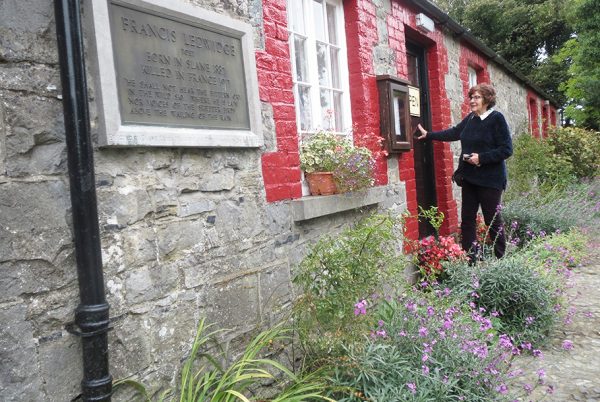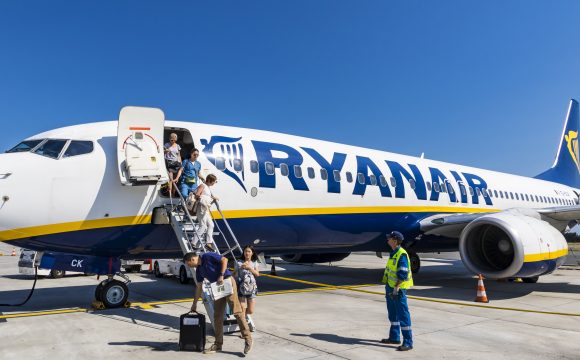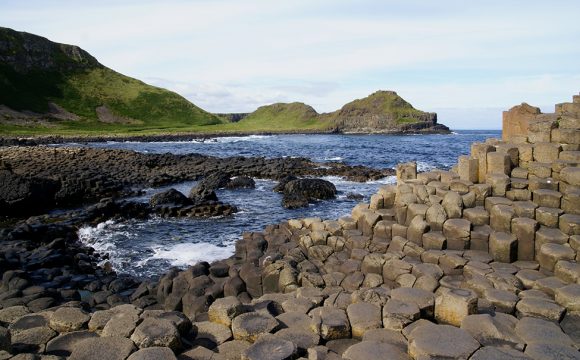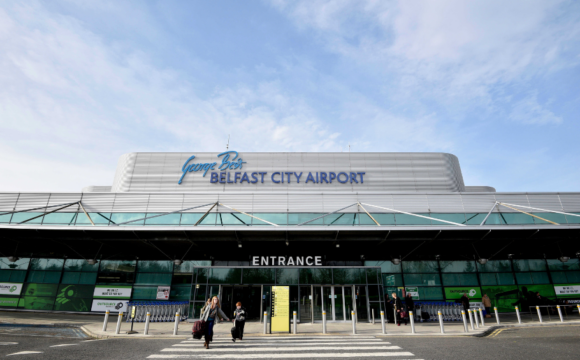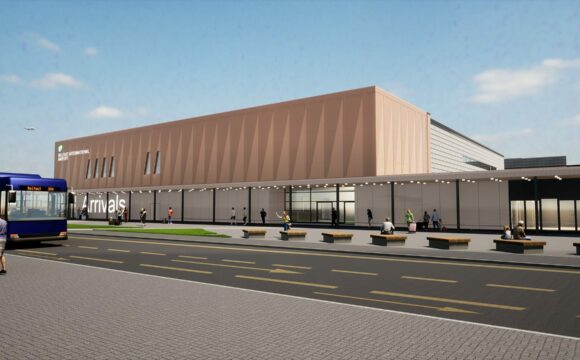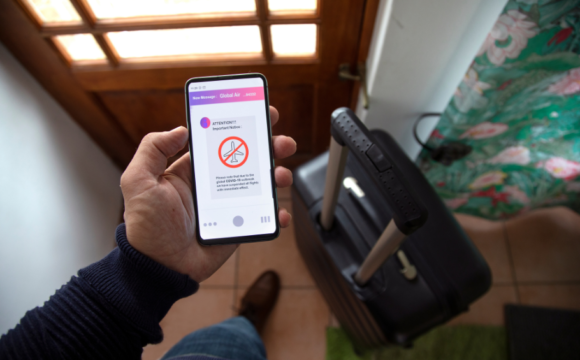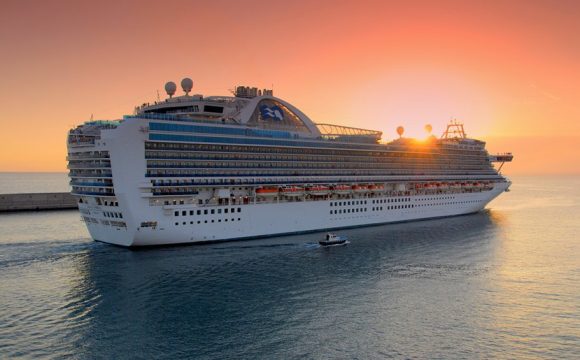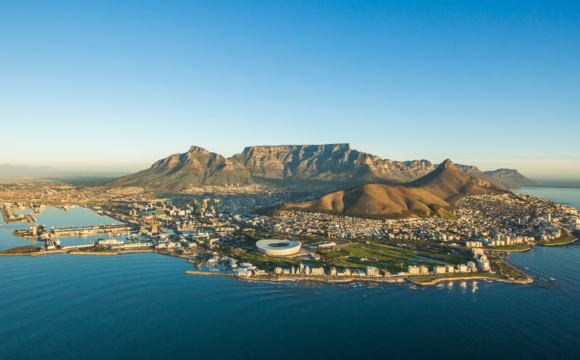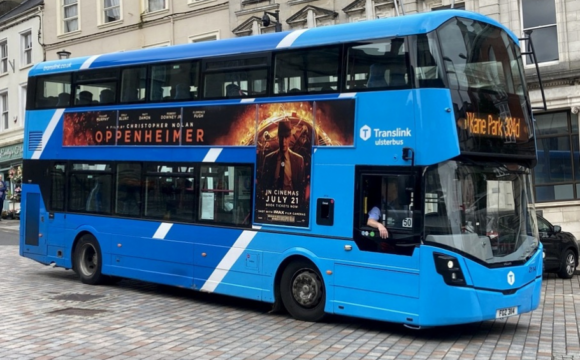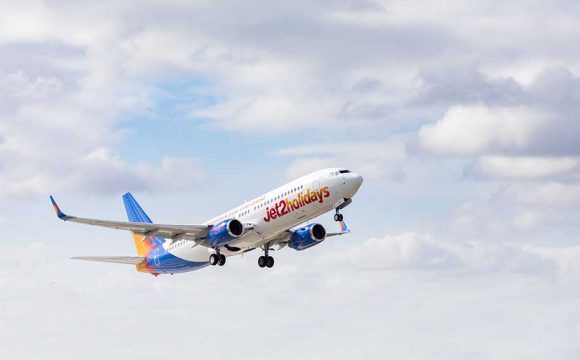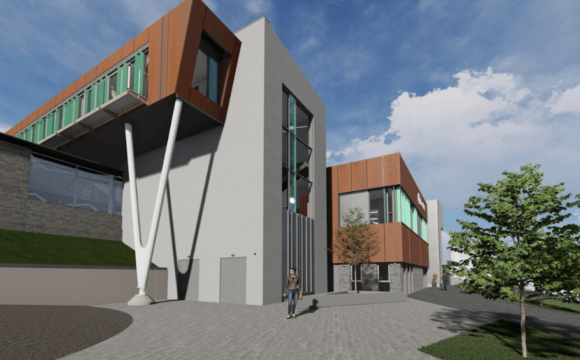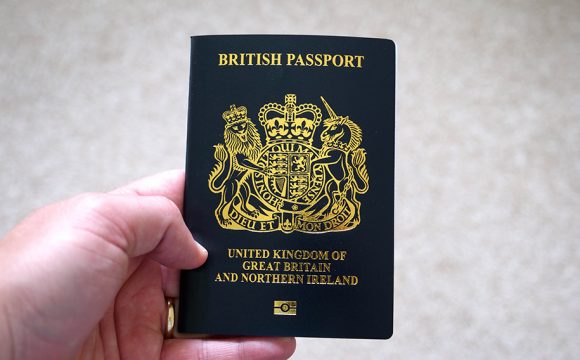We relished our recent long weekend in Dublin, wandering around art galleries and the Botanic Gardens, revisiting favourite restaurants; followed by an up-market break in an elegant Georgian spa hotel near Navan at the start of an autumnal drive down the Boyne Valley to Drogheda on the way home.
Dublin’s NATIONAL GALLERY of IRELAND has consolidated its position as a world-class cultural attraction thanks to its recent refurbishment and – for the arty-farty fraternity like us – the high quality of its international exhibitions such as the Carravaggio and Vermeer blockbusters of 2016/7. The object of our latest visit was a show even closer to my heart and geographical location – RODERIC O’CONOR AND THE MODERNS. He was the Irish impressionist who painted sublime landscapes around Pont Aven ( one of my favourite destinations in Brittany) plus portraits of shy Breton girls who posed for the price of a pretty blouse. That show is over, but the PERMANENT COLLECTION has scores of vibrant paintings by Roderic and his circle to brighten up the darkest of Dublin days on a winter break.
Also, I am always highly impressed by the NGI staff’s treatment of visitors with mobility problems. As soon as they see my walking stick, attendants offer chairs and cheer. Exemplary: 10/10. We always make a point of spending a morning at the ROYAL HIBERNIAN ACADEMY, to enjoy a double espresso at the attached crowded café in the interlude between galleries. The best late summer exhibition was a series of astonishingly virtuoso works by the multi-award-winner URSULA BURKE from Belfast. She is an academic art genius with a PhD from UU who has also mastered the practical arts of sewing, drawing and creating parian ware figures that look like marble.
I am proud to say that I have worked with Ursula at a MAC Workshop associated with her Political Satire exhibition where she taught me the basics of making moulded artefacts from porcelain paste. One of her satirical pieces was entitled: ‘What a Terrorist Does when Peace Breaks Out’, portraying a couch potato in front of his TV wearing comfy slippers made of redundant woollen balaclavas!
Her Dublin show – on a MUCH bigger scale – was also clearly inspired by Post-Conflict Northern Ireland. It filled three spaces, each the size of a squash-court (1) a big site-specific fresco, featuring an ornate fence with garden blooms, about the size of a 48-sheet poster (which took her four days to draw, the attendant told me) 2. A crowd of life-size marble-like moulded busts on wooden plinths and (3) an installation of four wall-mounted embroidery works, each the size of a foot-stool, with the loose woollen threads stretching to the floor, weighed down by what we anglers call Lead Split-Shot. There was other stuff as well, plus a wall for her Artist Statement. All of this represents months and months of work, astonishingly well-executed (except, perhaps, for the written material which I found difficult to understand. That’s my problem, because the only one in our house with PhD is my wife). I hope we can see this blockbuster Up North sometime soon.
AN EARFUL OF ART IN THE MERRION
On the subject of paintings in Dublin, I reckon the best collection by far, outside the great public galleries like NGI, Hugh Lane and IMMA, is on the walls of the five-star MERRION HOTEL, part-owned by Ulster’s Hastings Group.
We have recently made a habit of dropping into the Merrion by the front door so as we can peruse Northern masterpieces – by Sir John Lavery, Paul Henry and William Scott as well as Southerners like Le Brocquy, Jack B Yeats and Marnie Jellett. These artists feature in the hotel’s well-established (18 years) Art Afternoon Tea which showcases colourful patisserie creations inspired by the paintings.
More recently, an audio-guide to the collection – which now comprises 90paintings plus sculptures including a lifesize bronze of James Joyce outdoors. James greets guests to the Garden Room, the all-day restaurant serving brunch, lunch, snacks, salads and an informal dinner. The audio-guide, like the paintings themselves, is as good as you will get in any global museum. It is free to ‘hotel patrons’ – so if you want to learn about the Great Irish Art on show, you can buy yourself a beer or a cup of coffee, you can then – as a fully-fledged ‘patron’ – ask at reception for the loan of an audio-guide. POSH
TOWER OF SEAFOOD IS DUBLIN’S TOP VALUE
As it happens, the past couple of times we have visited the Merrion, we made a beeline downstairs to enjoy an early dinner in the laid-back CELLAR Restaurant. It opens from 3-10pm to cater for the likes of us – eager sightseers who are too busy to eat lunch and just can’t wait until 7pm for a hotel dinner. The Cellar menu includes Chef Cooney’s Favourites featuring Fish and Chips at the posh price of €20; the finest Rib-Eye Steak in town at €34 , plus a home-made Burger with delicious-sounding ‘Smokey Baconnaise’ at €17.50.
Best for us is the SEAFOOD TOWER to share, at €38. Karen and I are used to paying top prices for shellfish these days so this is – at €17 per head – good value in a luxury hotel. We savoured the Liscannor crab, with the innards served in a ramekin, to save us having to hoke and poke ourselves, but we were equipped with the tools to tackle the crab-claws; half-dozen medium-size oysters came with baby bottle of Tabasco; six large(ish) Dublin Bay Prawns were perfectly cooked; Ceviche of sea bass (ie marinaded in lemon-juice) was served in a bowl; lots of smallish mussels; and a dozen plump Razor Clams topped the tower of crushed ice; Brown bread and butter appeared on demand. Molly Malone, Dublin’s legendary fishmonger, would be proud of me as I have just researched the market price of the above seafood; razor clams are rare and fetch £20 a kilo, so our portion was worth about £6; the prawns were about £5; sea bass fillet ,£4; oysters, £6. crab, £5; mussels, £3. That means we enjoyed a perfectly prepared seafood dinner with all the trimmings for the same price as we could pay for the raw ingredients from a seaside market stall – if you could find one these days!
(WHISPER THIS: Do not show that last paragraph to Executive Chef Ed Cooney of the Merrion Hotel or he will put the price of his Seafood Tower up to €50 — which it is worth!)
THE BOYNE IS NOT JUST ABOUT THAT BATTLE
The Boyne Valley is being promoted by Tourism Ireland as part of its current big-money campaign to sell ‘Ireland’s Ancient East’ as a destination. This has presumably been done to appease envious Easteners who are miffed that the ‘Wild Atlantic Way’ in the West has now become Ireland’s No.1 Attraction thanks to millions of advertising Euros being spent rebranding what used to be just a drive of 2,581 miles around the western coastline of this island.
Here’s a thought: How on earth can you measure accurate visitor numbers on a vast – relatively empty – coastline stretching from West Cork to North Donegal, in order to be able to claim it as Ireland’s No.1 Attraction? Also, how can the Cliffs of Moher be No.3 Attraction and Bunratty Castle No.5 since both of those are part of No1? How can Blarney Castle be Ireland’s No.6 Attraction when it is just a Stone’s throw from the start of No1 at Kinsale?
Forget all this irrelevant nit-picking. I saw the ‘Ancient East’ television commercial while watching Ulster Rugby being stuffed by a team of skilful giants from those parts. So we were inspired to re-visit the venerable Boyne Valley with its 7,000 years of human history portrayed in some of Ireland’s most popular Visitor Attractions such as Newgrange, Hill of Tara (don’t bother), Battle of Boyne Centre (excellent), Monasterboice (don’t miss a meal in the Inn!), Trim Castle and Bective Abbey (both famous as Oscar-winning Braveheart locations) and the inspirational Francis Ledwidge Museum near Slane.
I have written here about all of the above in recent years, except the last one on the list, an absolute gem for literate tourists (and apple-eaters) which deserves to be better known. We attended a lecture about the poet Ledwidge in Belfast last year so we impressed the attendant at his family’s Cottage by our knowledge of him – especially his WWI poems. He was killed at Ypres in 1917. In the beautifully maintained Museum Garden stand monuments of his short eventful life as well as an orchard of trees knee-deep in shiny windfalls. We were gifted a huge bag of eaters and cookers to take home. I am looking forward to the last ‘wedge’ of Ledwidge Apple Pie at my coffee break in 10 minutes!
My wife Karen found the most convenient – and appropriate – base for Boyne Valley excursions, namely BELLINTER HOUSE, simply because the Boyne itself flows through the hotel grounds , just 30 metres from hen-parties using the outdoor HOT TUB. We were lodged in the hotel’s BATHHOUSE WING, formerly the stables area of this elegant 18th-century Palladian Mansion. We watched the coming and goings of affluent guests in search of the Spa’s signature offering – a relaxing soak in a briney bath of hand-harvested seaweed from Strandhill, Co Sligo. We were most impressed by the quality of the bedroom accessories such as the voluptuous pillows and duvets plus fluffy bathrobes and Moulton Brown toiletries.
Dinner was decent and very popular with the locals in this prosperous area between Dublin and Drogheda. Elegant decor and furnishings make this a wedding-organiser’s dream The stone steps up to the gorgeous Georgian façade are just perfect for the main photo-shoot, darling! Thank goodness the Drogheda ALDI was right on our route north so we stopped for a few bargains (only €2 for a bag of daffodill bulbs that cost £5 in Dobbies) but no White Balsamic Vinegar from Modena (Bangor is out of it, too.)
STILL TIME TO WISH SIR RICHARD WALLACE HAPPY 200th BIRTHDAY!
We rented a flat in Paris for the Final stages of the Rugby World Cup way back in 2007. The winning South African squad included RUAN PIENAAR who subsequently became a local hero as Ulster Rugby’s Favourite during his seven-year stay in Belfast. I still have a video of his magical try against Glasgow on my Facebook Timeline. We all miss him sorely, since he had to leave under highly-questionable IRFU rules.
Anyway, near our tiny studio apartment in Montmartre was a small public square dominated by a cast-iron monument that intrigued me. Some Guides working at the world-renowned Sacré Coeur Basilica nearby took their break in the wee park and I asked them what it was. It turned out that it was a water fountain that Parisians call ‘Un Fontaine Wallace’, named after a wealthy British landowner who lived in Paris. He donated scores of them to the poorest parts of the city, as a source of clean, disease-free water in mid-19th Century.
Here’s the point: This year of 2018 is the Bi-Centenary of the birth of SIR RICHARD WALLACE and it is being celebrated in and around the CITY OF LISBURN where he is fondly remembered as its helpful, generous and benign MP and landowner of many thousands of acres of lands and buildings in South Antrim and adjacent parts of County Down. As well as a programme of events earlier this year, the Council has organised a superb exhibition about him in LISBURN MUSEUM, running until December 31.
Highlight lecture of the Celebrations is at the end of this month, November 29th, and it features SUZANNE HIGGOTT author of a new book about Sir Richard’s near-obsession for collecting art objects from all over the world. She knows all about it as a Curator of THE WALLACE COLLECTION, one of my favourite museum/galleries in London, housed in Hereford House, his London stately home. Tickets are FREE from Lisburn Museum;Phone 028 9266 3377.
* DID YOU KNOW know that it was another Ulsterman whose personal collection of art and artefacts was the basis of two of the the world’s greatest cultural institutions, the BRITISH MUSEUM and the BRITISH LIBRARY? Yes, it was Killyleagh-born Sir HANS SLOAN who bequeathed 71,000 items and 50,000 books he had gathered around him over an amazing lifetime that climaxed with his appointment as the Royal Physician.
* I urge readers to spend a couple of delightful hours in the Lisburn Museum/Linen Centre enjoying its brilliant Shop, as well as its selection of exhibitions, talks and displays relating to the End of WW1, Women’s Suffrage and its permanent exhibition: From Flax to Fabric which is still the finest of its kind. I must confess to a personal involvement here; during my many years as a freelance travel writer, I compiled many publications on behalf of what was then Lisburn Borough Council. I was very proud to have written often about the global Linen Industry of Lisburn and the Lagan Valley — Linenopolis of the World!
Click to view article images:
